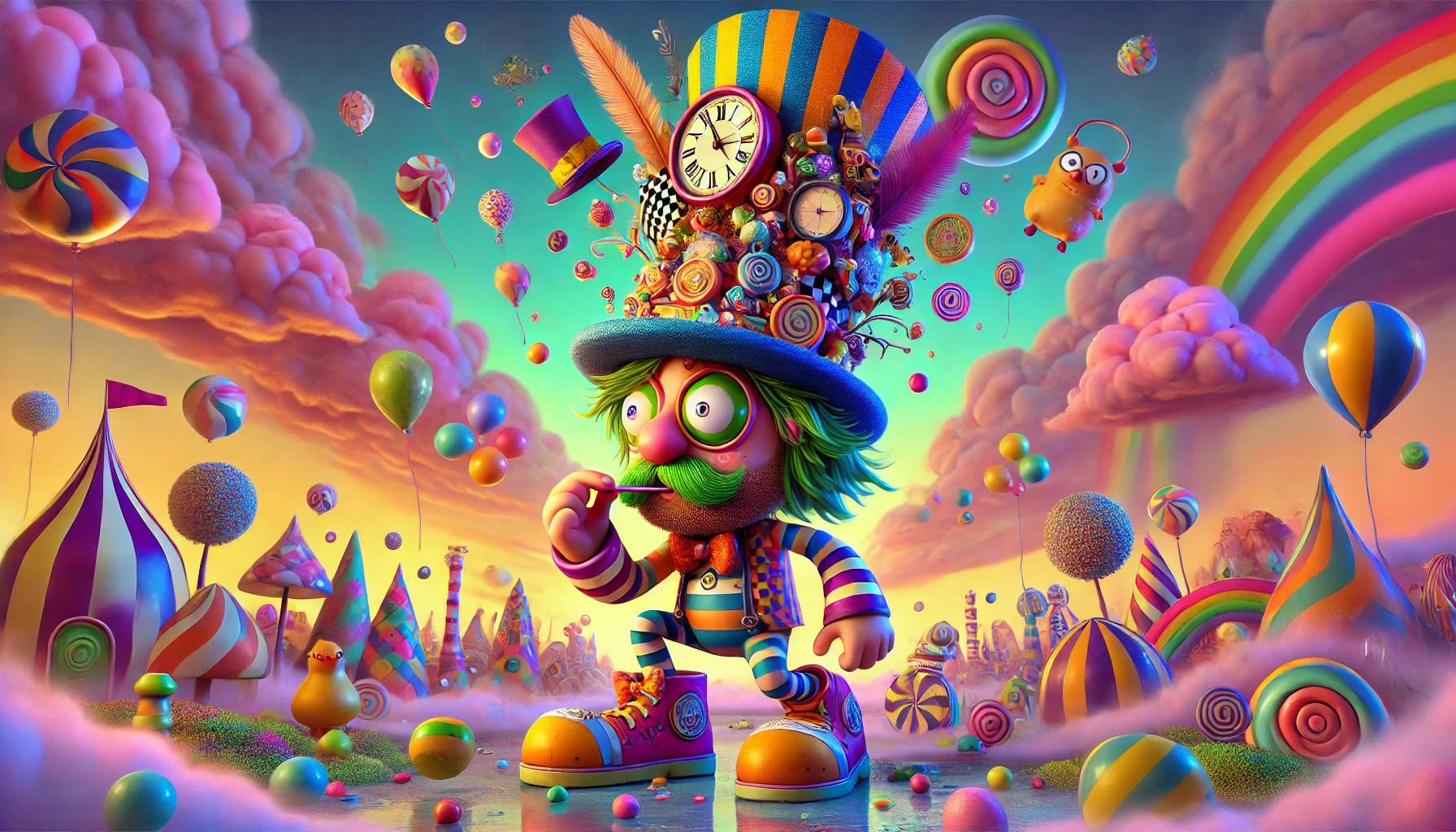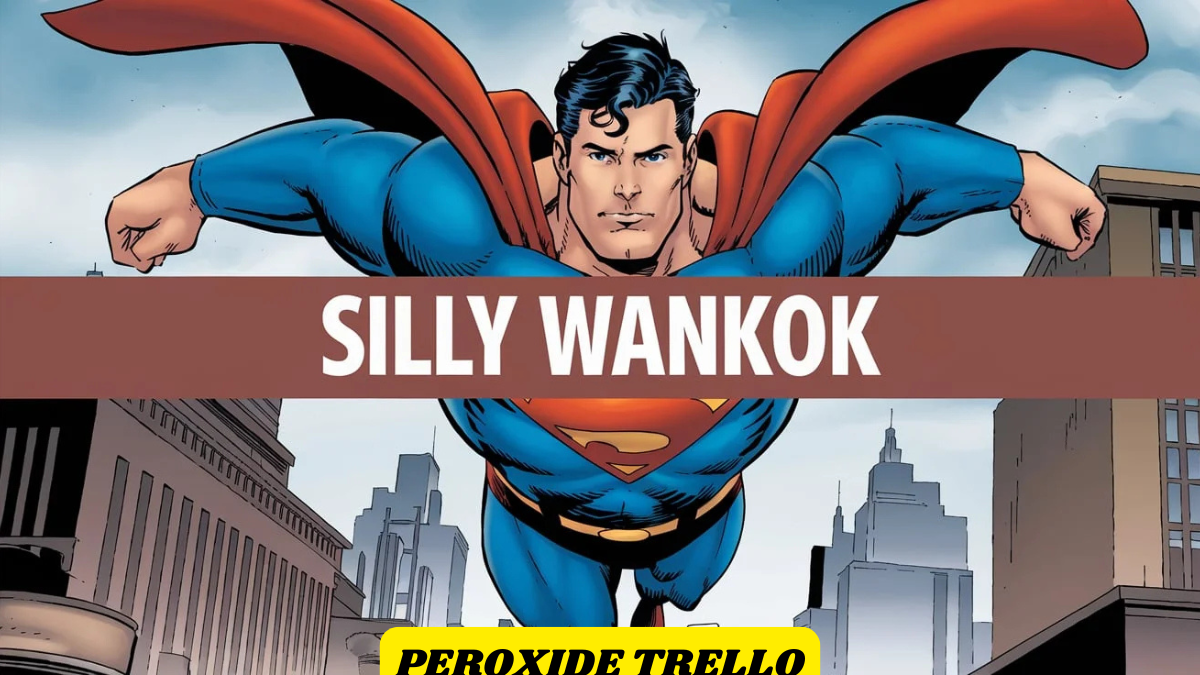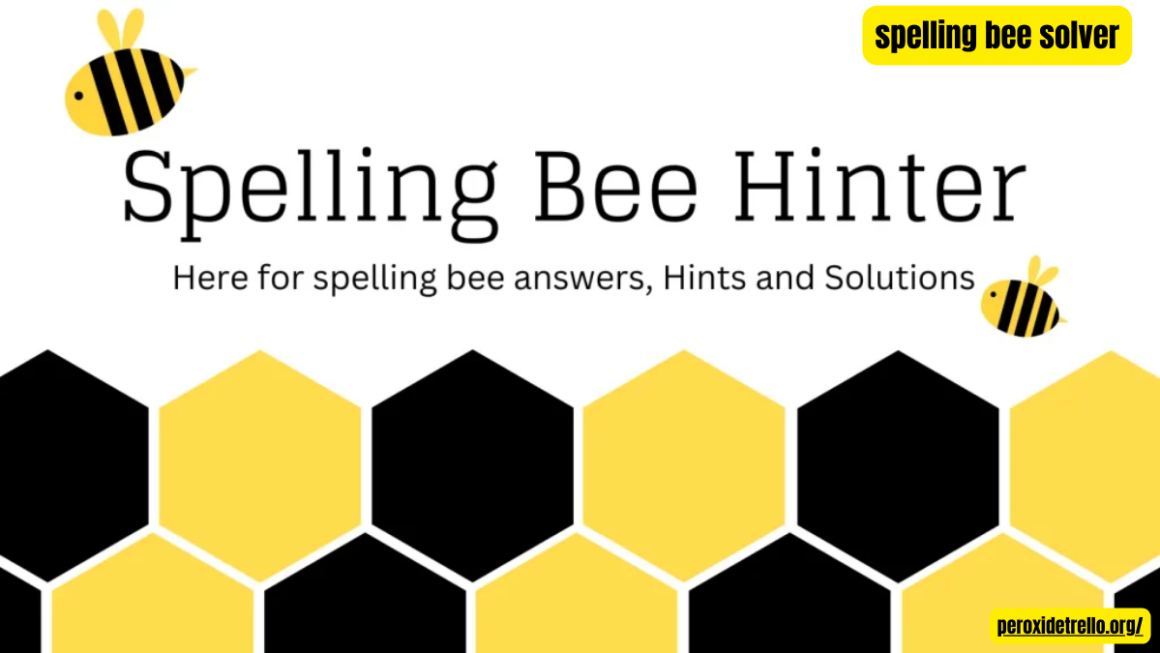Introduction: What is “Silly Wankok”?
In a world of trends, memes, and quirky online phenomena, the term “Silly Wankok” has emerged as a curious enigma that sparks intrigue and laughter. It’s not just a phrase; it’s an attitude, a mindset, and a cultural talking point that defies conventional explanation. But what exactly is “Silly Wankok,” and why has it become so popular?
At its core, “Silly Wankok” seems to embody an eccentric, carefree spirit. It’s a playful term that has popped up in various contexts—sometimes as a joke, other times as a descriptor for whimsical behavior or content. Whether it’s used to describe an offbeat character, a ridiculous situation, or simply to evoke a sense of lightheartedness, the phrase carries a unique, almost magnetic charm.
This article will dive deep into the origins, meanings, and cultural impact of “Silly Wankok.” We’ll explore its history, its use in popular culture, and the psychology behind why we’re so drawn to such absurd yet delightful concepts.
The Origins of “Silly Wankok”
A Mysterious Beginning

The origins of “Silly Wankok” are shrouded in mystery. Unlike some internet trends that can be traced back to a specific post or person, “Silly Wankok” seems to have emerged organically. Some believe it began as a typo or a playful mispronunciation, while others argue it’s a deliberate coinage meant to evoke a sense of silliness and fun.
One popular theory is that the term originated from a niche online community known for its absurd humor and love for wordplay. These communities often take innocuous phrases and turn them into inside jokes, which eventually spill over into mainstream internet culture. If “Silly Wankok” indeed has such origins, it’s a testament to the power of collective creativity and the internet’s ability to amplify even the most random ideas.
Another possible origin story ties the phrase to cultural parody. Some speculate that it’s a satirical nod to overly serious or pretentious trends, poking fun at how society often takes trivial things too seriously. In this interpretation, “Silly Wankok” becomes a kind of anti-trend—a deliberate embrace of the ridiculous.
Global Spread
Despite its obscure beginnings, “Silly Wankok” has found its way into various corners of the world. Thanks to social media platforms like TikTok, Twitter, and Instagram, the phrase has been adopted by people from diverse backgrounds, each adding its own twist to its meaning and usage. This global spread highlights the universality of humor and the internet’s role in connecting people through shared laughter.
The phrase’s adaptability is another reason for its widespread appeal. It can be used as a noun, an adjective, or even a verb, depending on the context. This linguistic flexibility has made it a favorite among meme creators, who thrive on taking versatile phrases and turning them into comedic gold.
The Psychology Behind “Silly Wankok”
Why We Love Absurdity
Humans have always been drawn to absurdity. From the nonsensical riddles of ancient times to the surreal humor of modern-day memes, there’s something inherently enjoyable about things that defy logic. “Silly Wankok” taps into this love for the absurd, offering a break from the seriousness of everyday life.
Psychologists suggest that humor—especially absurd humor—acts as a coping mechanism. When faced with stress or uncertainty, laughing at something ridiculous can provide a sense of relief and perspective. “Silly Wankok” embodies this principle, serving as a reminder that it’s okay to let go and embrace the nonsensical.
The Power of Playfulness
Another psychological factor at play is the power of playfulness. In a world that often prioritizes productivity and seriousness, concepts like “Silly Wankok” encourage us to reconnect with our playful side. This is particularly important in today’s fast-paced society, where moments of levity can feel like a rare luxury.
By embracing silliness, we allow ourselves to experience joy in its purest form. “Silly Wankok” becomes more than just a phrase; it’s a gateway to a lighter, more carefree mindset. It’s a small but meaningful way to reclaim the childlike wonder that often gets lost in adulthood.
“Silly Wankok” in Popular Culture
Memes and Social Media
One of the most significant drivers of “Silly Wankok’s” popularity is its presence in memes and social media content. From quirky illustrations to humorous videos, the phrase has inspired a wide range of creative expressions. It’s not uncommon to see posts captioned with “Silly Wankok” go viral, garnering thousands of likes and shares.
The beauty of memes is their ability to distill complex ideas into simple, relatable content. “Silly Wankok” fits perfectly into this medium, offering endless possibilities for reinterpretation and remixing. Whether it’s paired with an absurd image or used as a punchline, the phrase continues to delight audiences across platforms.
Television and Film
While still primarily an online phenomenon, “Silly Wankok” has started to make its way into traditional media. Several TV shows and movies have subtly referenced the term, either as a throwaway line or as part of a larger comedic setup. These appearances serve to further cement “Silly Wankok” as a cultural touchstone, bridging the gap between internet humor and mainstream entertainment.
The phrase’s inclusion in scripted media also speaks to its versatility. Writers and creators recognize its potential to evoke laughter and intrigue, making it a valuable tool for crafting memorable moments.
The Many Interpretations of “Silly Wankok”
A State of Mind
For some, “Silly Wankok” is more than just a phrase—it’s a state of mind. Embracing the spirit of “Silly Wankok” means allowing yourself to be unapologetically goofy and unselfconscious. It’s about finding joy in the little things and not taking life too seriously.
This interpretation resonates particularly well with younger generations, who are often more willing to challenge societal norms and embrace unconventional ideas. In a way, “Silly Wankok” becomes a form of rebellion against the pressures of conformity and perfectionism.
A Social Connector
Another way to view “Silly Wankok” is as a social connector. The phrase’s universal appeal makes it an easy icebreaker, sparking conversations and laughter among strangers and friends alike. Its playful nature encourages people to let their guard down, creating an atmosphere of inclusivity and camaraderie.
In this sense, “Silly Wankok” functions as a kind of social glue, bringing people together through shared humor and a mutual appreciation for the absurd.
Conclusion: The Enduring Appeal of “Silly Wankok”
In a world that often feels overly complicated and serious, “Silly Wankok” offers a refreshing dose of simplicity and fun. Whether it’s a passing internet trend or a lasting cultural phenomenon, its impact on our collective psyche is undeniable. It reminds us of the power of humor, the importance of playfulness, and the joy of embracing the silly side of life.
So the next time you encounter the term “Silly Wankok,” take a moment to appreciate its quirky charm. Laugh, share, and maybe even create your own “Silly Wankok” moment. After all, life is too short not to be a little silly now and then.



